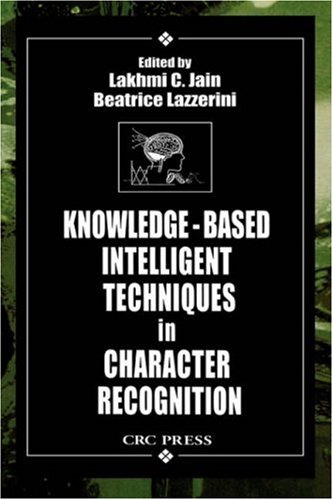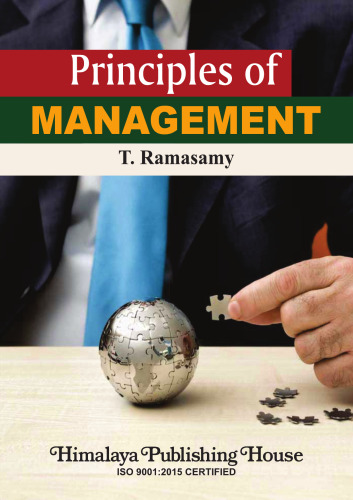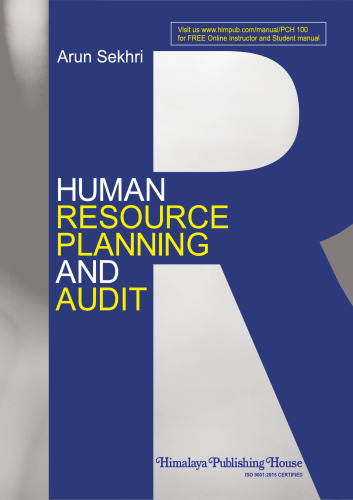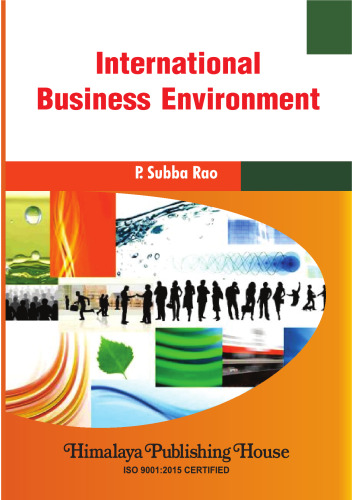Knowledge-Based Intelligent Techniques in Character Recognition:An Introduction to Handwritten Character and Word Recognition Previous Table of Contents Next Chapter 1 An Introduction to Handwritten Character and Word Recognition L.C. Jain Knowledge-Based Intelligent Engineering Systems Centre University of South Australia Adelaide, Mawson Lakes, SA 5095, Australia B. Lazzerini Dipartimento di Ingegneria della Informazione Università degli Studi di Pisa Via Diotisalvi 2, 56126 Pisa, Italy There is a worldwide interest in the development of handwritten character and word recognition systems. These systems are used in many situations such as recognition of postcodes, interpretation of amount and verification of signature on bank checks, and law enforcement on public roads. The tremendous advances in the computational intelligence techniques have provided new tools for the development of intelligent character recognition systems. This chapter introduces principles of handwriting recognition for on-line and off-line systems. Some considerations about performance evaluation of a handwriting recognition system are discussed. 1 Introduction In the last few years many academic institutions and industrial companies have been involved in the field of handwriting recognition. The automatic recognition of handwritten text can be extremely useful in many applications where it is necessary to process large volumes of handwritten data, such as recognition of addresses and postcodes on envelopes, interpretation of amounts on bank checks, document analysis, and verification of signatures [1]. Substantial progress has been recently achieved, but the recognition of handwritten text cannot yet approach human performance. The major difficulties descend from the variability of someone's calligraphy over time, the similarity of some characters with each other, and the infinite variety of character shapes and writing styles produced by different writers. Furthermore, the possible low quality of the text image, the unavoidable presence of background noise and various kinds of distortions (such as poorly written, degraded, or overlapping characters) can make the recognition process even more difficult. Therefore, handwriting recognition is still an open and interesting area for research and novel ideas.
چکیده فارسی
تکنیکهای هوشمند مبتنی بر دانش در تشخیص کاراکترها: مقدمهای بر تشخیص کاراکترهای دستنویس و واژهها فهرست مطالب قبلی فصل 1 مقدمهای بر تشخیص کاراکترهای دستنویس و واژهها L.C. مرکز سیستم های مهندسی هوشمند مبتنی بر دانش جین دانشگاه استرالیای جنوبی آدلاید، ماوسون لیکس، SA 5095، استرالیا B. Lazzerini Dipartimento di Ingegneria della Informazione Università degli Studi di Pisa Via Diotisalvi 2, 56126 Pisa, Italy علاقه به توسعه جهان وجود دارد سیستم های تشخیص کاراکترهای دست نویس و کلمات. این سیستم ها در بسیاری از موقعیت ها مانند شناسایی کدپستی، تفسیر مبلغ و تایید امضای چک های بانکی و اجرای قانون در معابر عمومی مورد استفاده قرار می گیرند. پیشرفتهای فوقالعاده در تکنیکهای هوش محاسباتی ابزارهای جدیدی را برای توسعه سیستمهای تشخیص شخصیت هوشمند فراهم کرده است. این فصل اصول تشخیص دست خط را برای سیستم های آنلاین و آفلاین معرفی می کند. برخی ملاحظات در مورد ارزیابی عملکرد یک سیستم تشخیص دست خط مورد بحث قرار می گیرد. 1 مقدمه در چند سال اخیر بسیاری از موسسات دانشگاهی و شرکت های صنعتی در زمینه شناخت دست خط فعالیت داشته اند. تشخیص خودکار متن دستنویس میتواند در بسیاری از کاربردهایی که پردازش حجم زیادی از دادههای دستنویس ضروری است، مانند شناسایی آدرسها و کدپستی روی پاکتها، تفسیر مبالغ چکهای بانکی، تجزیه و تحلیل اسناد و تأیید امضاها بسیار مفید باشد. 1]. اخیراً پیشرفت قابل توجهی حاصل شده است، اما تشخیص متن دستنویس هنوز نمیتواند به عملکرد انسان نزدیک شود. مشکلات عمده ناشی از تغییر خط یک نفر در طول زمان، شباهت برخی شخصیت ها با یکدیگر، و تنوع بی نهایت شکل شخصیت ها و سبک های نوشتاری است که توسط نویسندگان مختلف تولید می شود. علاوه بر این، کیفیت پایین احتمالی تصویر متن، وجود اجتناب ناپذیر نویز پسزمینه و انواع مختلف تحریفها (مانند نویسههای ضعیف، تخریبشده یا همپوشانی) میتواند فرآیند تشخیص را دشوارتر کند. بنابراین، تشخیص دست خط هنوز یک حوزه باز و جالب برای تحقیق و ایده های بدیع است.
ادامه ...
بستن ...
Knowledge-Based Intelligent Techniques in Character Recognition:An Introduction to Handwritten Character and Word Recognition Previous Table of Contents Next Chapter 1 An Introduction to Handwritten Character and Word Recognition L.C. Jain Knowledge-Based Intelligent Engineering Systems Centre University of South Australia Adelaide, Mawson Lakes, SA 5095, Australia B. Lazzerini Dipartimento di Ingegneria della Informazione Università degli Studi di Pisa Via Diotisalvi 2, 56126 Pisa, Italy There is a worldwide interest in the development of handwritten character and word recognition systems. These systems are used in many situations such as recognition of postcodes, interpretation of amount and verification of signature on bank checks, and law enforcement on public roads. The tremendous advances in the computational intelligence techniques have provided new tools for the development of intelligent character recognition systems. This chapter introduces principles of handwriting recognition for on-line and off-line systems. Some considerations about performance evaluation of a handwriting recognition system are discussed. 1 Introduction In the last few years many academic institutions and industrial companies have been involved in the field of handwriting recognition. The automatic recognition of handwritten text can be extremely useful in many applications where it is necessary to process large volumes of handwritten data, such as recognition of addresses and postcodes on envelopes, interpretation of amounts on bank checks, document analysis, and verification of signatures [1]. Substantial progress has been recently achieved, but the recognition of handwritten text cannot yet approach human performance. The major difficulties descend from the variability of someone's calligraphy over time, the similarity of some characters with each other, and the infinite variety of character shapes and writing styles produced by different writers. Furthermore, the possible low quality of the text image, the unavoidable presence of background noise and various kinds of distortions (such as poorly written, degraded, or overlapping characters) can make the recognition process even more difficult. Therefore, handwriting recognition is still an open and interesting area for research and novel ideas.
ادامه ...
بستن ...



![Our mission to the court of Marocco [Morocco] in 1880, under Sir John Drummond Hay - pdf Our mission to the court of Marocco [Morocco] in 1880, under Sir John Drummond Hay - pdf](https://dl.libsan.ir/images/1/12/112108724_694b9e9769312.jpg)






